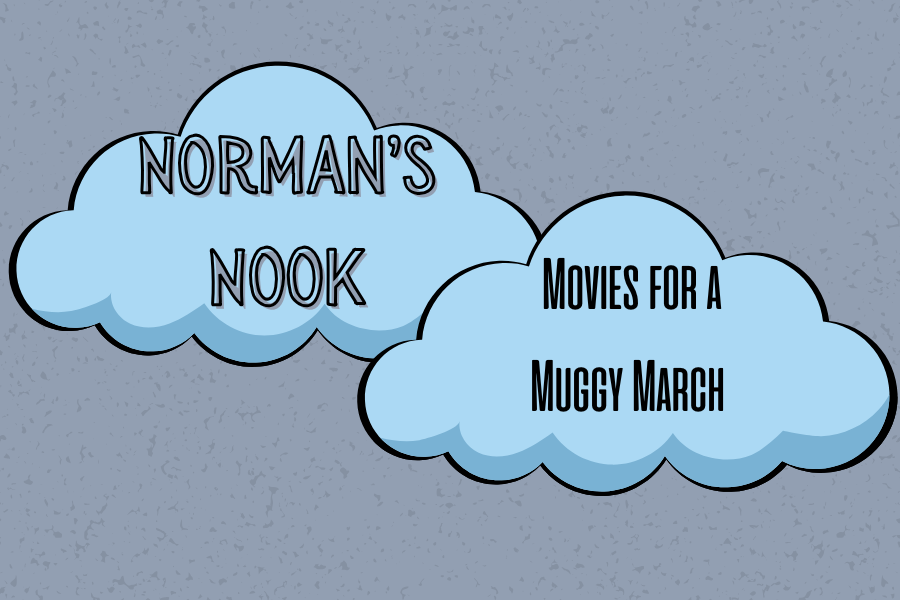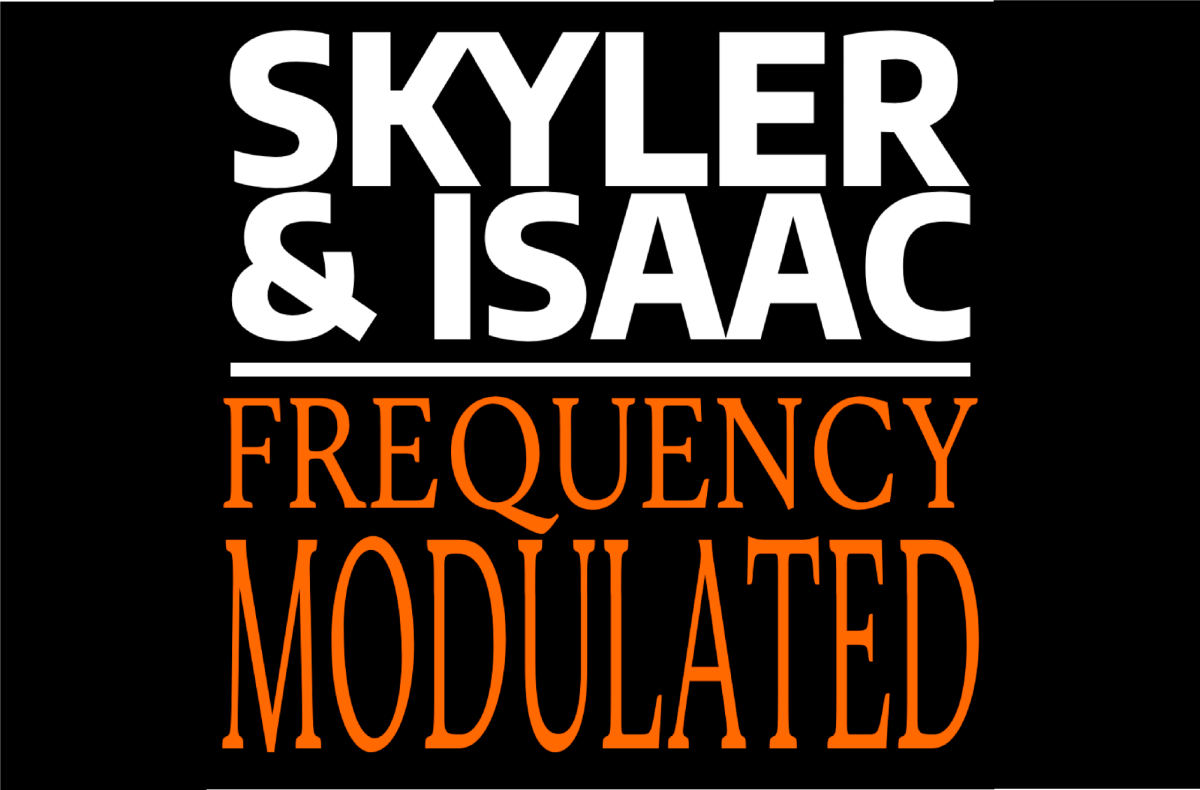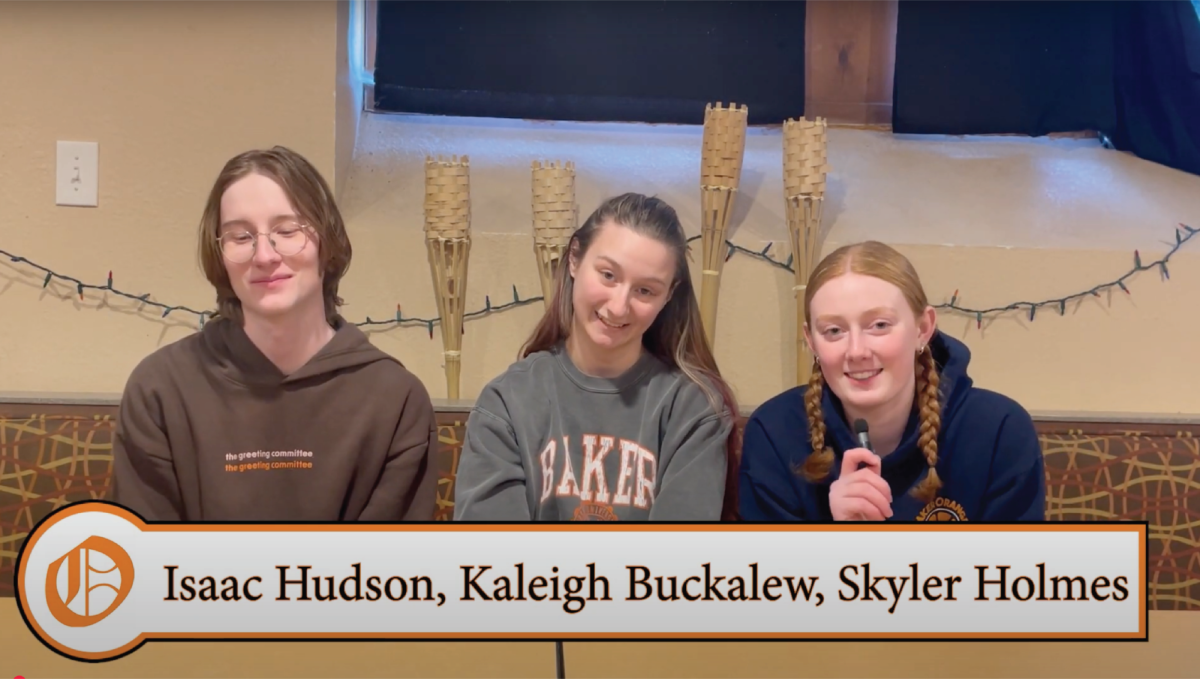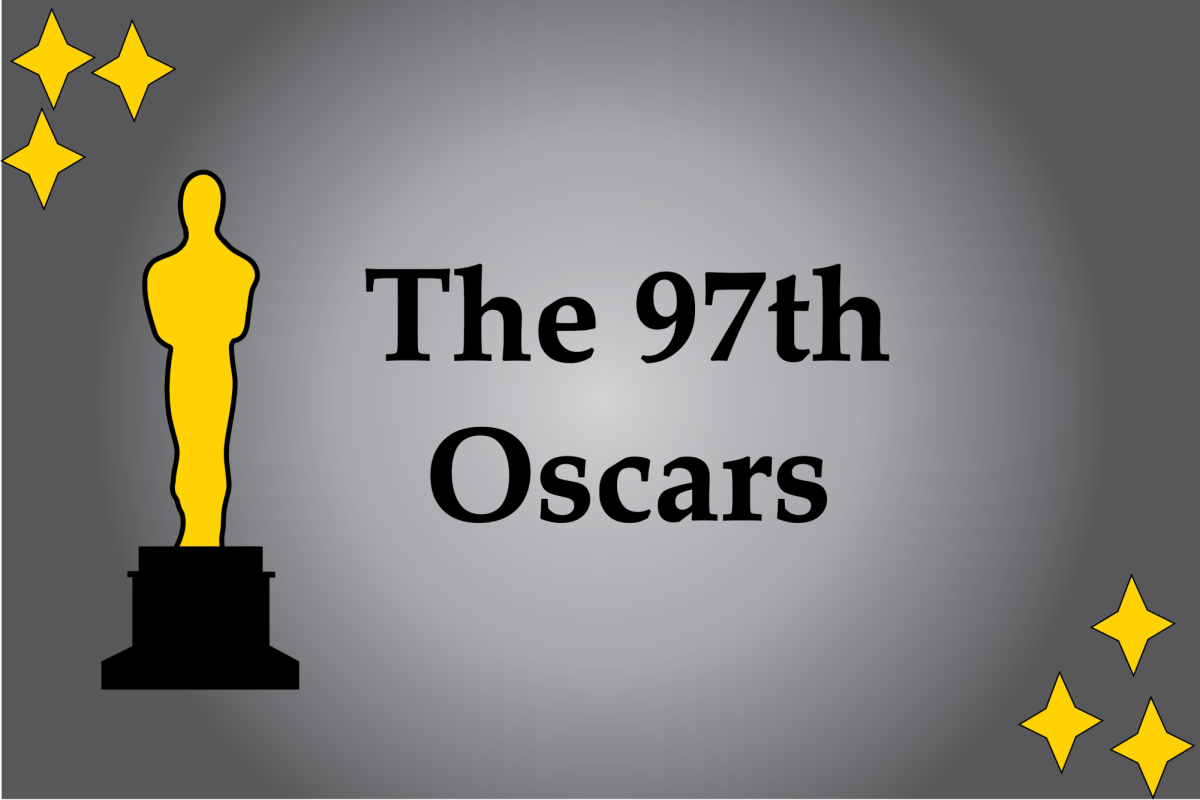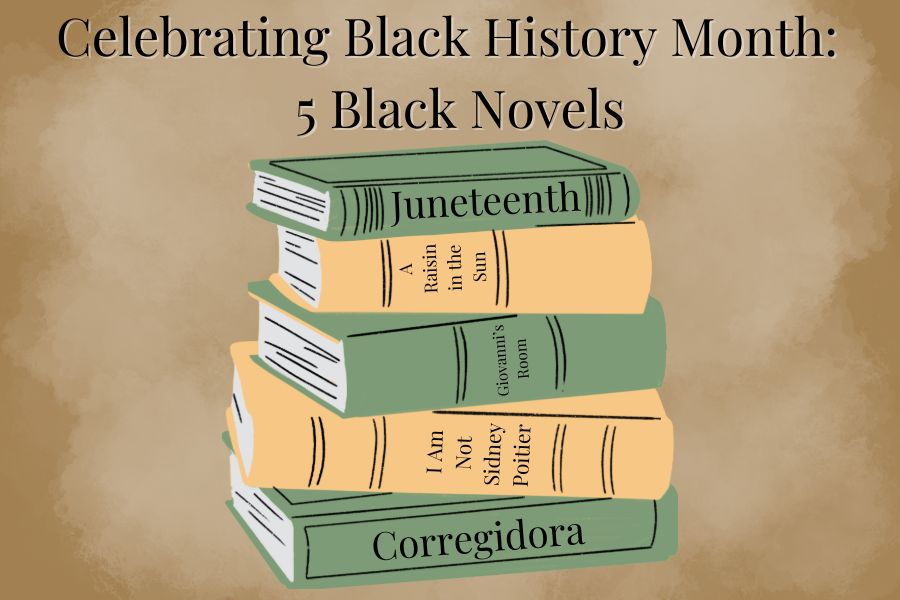Content Warning: Spoilers
As Joaquin Phoenix’s second (and likely final) time playing the Joker, “Joker: Folie à Deux” poorly concludes DC’s modern iteration of the classic villain, leaving fans disappointed if not confused in director Todd Philips’ creative vision.
The film opens with a Looney Tunes-esque animated short, prolonged far past what could be considered reasonable for a gritty musical drama. Full of childish slapstick and comedy one would find entertaining from the “Three Stooges”, not from the follow-up to the critically acclaimed feature “Joker” (a movie which takes itself rather seriously). And, in the first of many jarring transitions, the audience is launched into Arkham Asylum, with Phoenix reprising his gaunt physical appearance while walking through the facility to music far too dark and dramatic for its place in the film.
From the outset, the entire movie feels disjointed. Poorly written dialogue is amplified for the worse by actors Phoenix and Lady Gaga (as Harley Quinn), who, to their credit, do not necessarily deliver bad acting performances, but who’s musical performances throughout are stilted, unnatural, and out of actor with their preceding and following scenes. These weak foundations are shaken even further by director Philips’ decision to include only one original song among 15+ covers of well-known classics, like “Cheek to Cheek” and “That’s Life,” a decision which severs the characters from their musical moments, yielding soulless rendition after soulless rendition.
“Joker: Folie à Deux” is an impressive film, in that it is fast paced in its transitions from scenes, yet also monumentally slow in the interactions of characters and progression of the plot within these scenes. In one moment, the audience may be confused as to the reason behind a character’s motivation, and in the next, they will still be confused for the first reason but will also be exhausted by the monotony of rehashed themes and dialogue from the first film.
Sometimes, if one finds numerous issues with a film at any point prior to its conclusion, it may happen that the ending will not be the most well executed. Philips takes this sentiment and knocks it out of the park, resolving little to no storyline tension, abruptly ending Joker and Harley’s relationship and killing Phoenix’s Joker in one of the most anticlimactic scenes I’ve witnessed in film.
Asymmetrical in every way, “Joker 2″ leaves audiences asking, “the Joker for who?” Not musical enough for many, nor grim and realistic enough for many more, Todd Philips quietly kills the modern “Joker” franchise, leaving the door open for the audience to judge whoever is next in line as Gotham’s Clown Prince.




